
One goes to Auschwitz to learn. I also went to teach: I taught the Diary of Anne Frank every year and while I had photos and stories from where Anne Frank lived, I had never been to where she had died. Like a previous visit to Dachau, I dealt with a lot of the horror by blocking it out and instead figuring out in my head how I would explain what I was seeing to my students.

The entrance to Auschwitz I. Above the gate it says "Arbrecht Mach Frei". Work will make you free.
The first thing that got me was how preserved it was: in Dachau, all the barracks were stripped down for wood and little more than the foundations and outer wall remain. Most of Auschwitz is still how it was when the allies arrived.
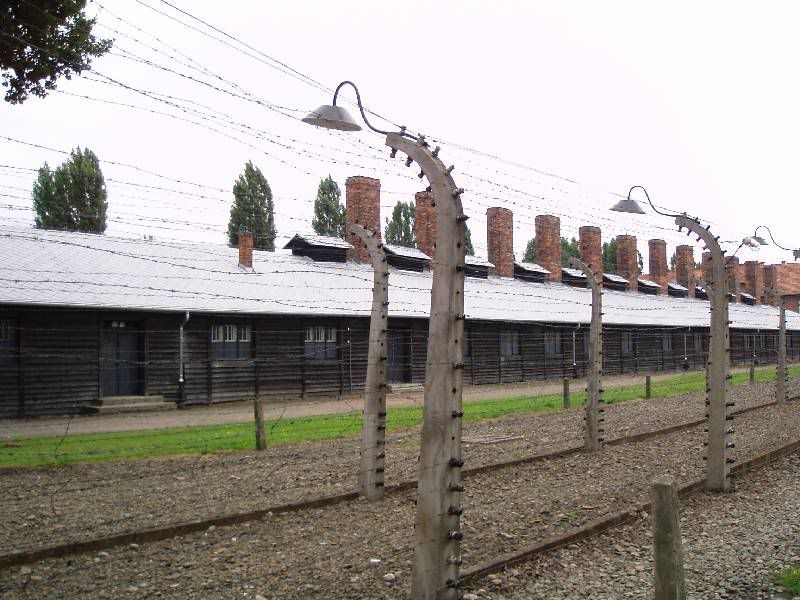
Barracks
It was a lot to take in. The connections keep getting more and more, too. A map showed the transportation paths to Aushwitz and one came straight from Lviv. I visited an abandoned synagogue in shovka, just outside of Lviv in Febuary. The Jews that once worshipped there were sent here. Now, the entire Jewish population of shovka is gone and the only people who enter the synagogue are random travelers that happen to introduced to the person with the key.
A picture of the synagogue can be seen
here
That's just the scale side of it. Going to Auschwitz I and Auschwitz-Birkenau (it's actually two camps) is to learn the more personal side of it, have stories you don't want to hear, attrocity after attrocity pummeled into you by the tour guide. I thought I had heard of every torture possible, every evil a human could commit upon another, but there was more to learn and the stories just kept coming. I felt like someone was taking a chisel to my soul. That's not hyperbole: it was a steady growing pain somewhere beneath my heart until I finally just shut down. And then I had to remind myself that hearing about it is nothing compared to experiencing it and how pathetic was it for me to think "I don't want to deal with this" when so many had to deal with so much more?
It's the details that stab: the fact that the Nazis actually built a rotating table on rails so that they could move and turn the bodies efficiently before they could be slid into the ovens by a device that looked like the pump on a shotgun, turned upside down. Slide it forward, body is pushed into the oven. Slide it back, it's ready for a new body. I accept the emotions that lead to genocide within us, but my understanding is that they are divorced from intellect. The very presence of the devices is proof that someone rationally thought about how to effieciently dispose of a lot of bodies and that is what sickens me the most.
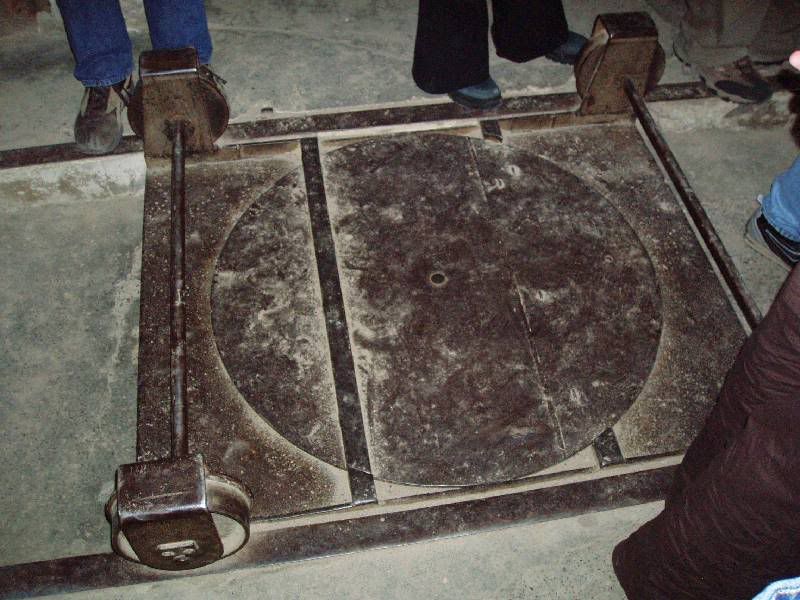
Body turning device
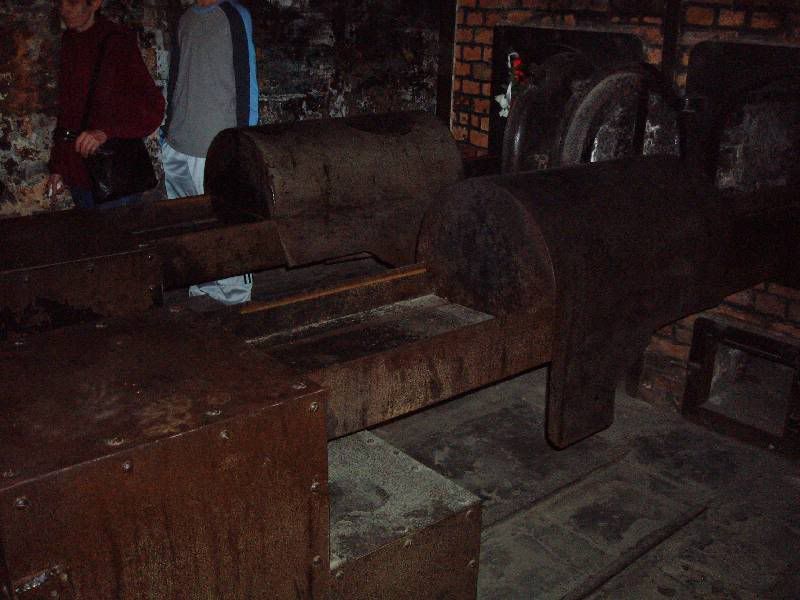
Body loading device
I showed almost no emotion for the whole tour. No one did. Our entire group of Anglophone men and women didn't shed a tear around one another. My breakdown finally came when, at the end, I climbed the guard tower, the one stradling the train tracks and seen in every Holocaust film.

The watchtower
I looked out over the enormity of it and it wasn't even a rational thought. It was once glance and I had to leave quickly. I found a small field of wild wheat near the doors, went into it and cried for less than a minute.
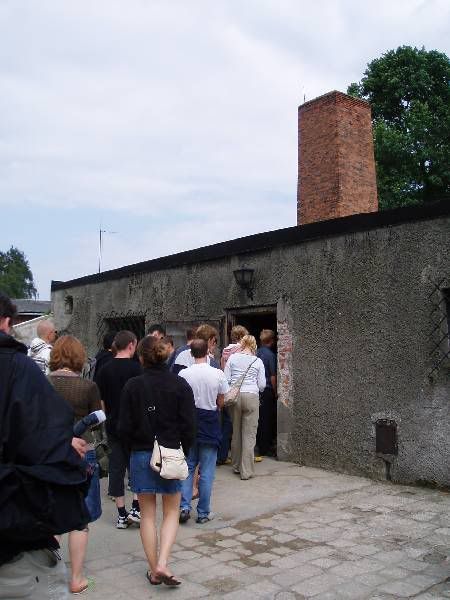
Walking into a gas chamber

Tracks leading from the watchtower into the camp
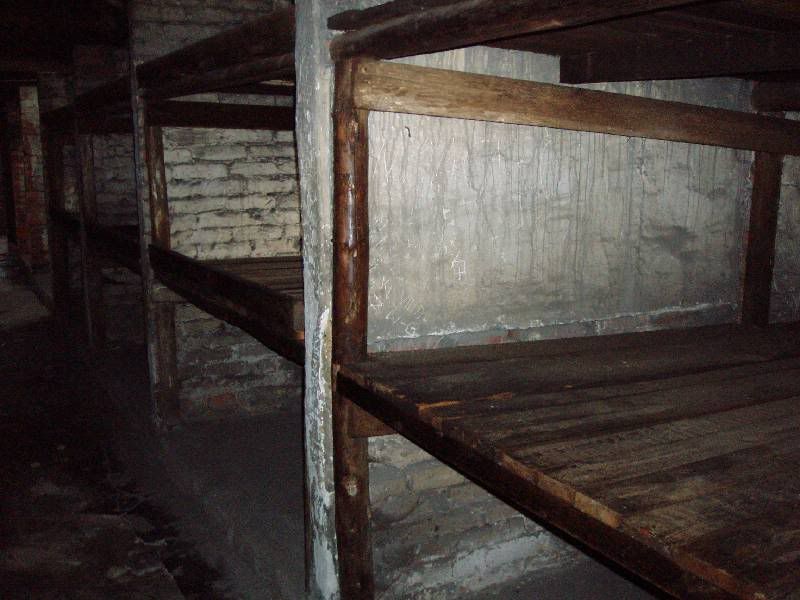
Sleeping palets
The Nazis decided not to waste anything and kept warehouses full of what was taken from the prisoners:
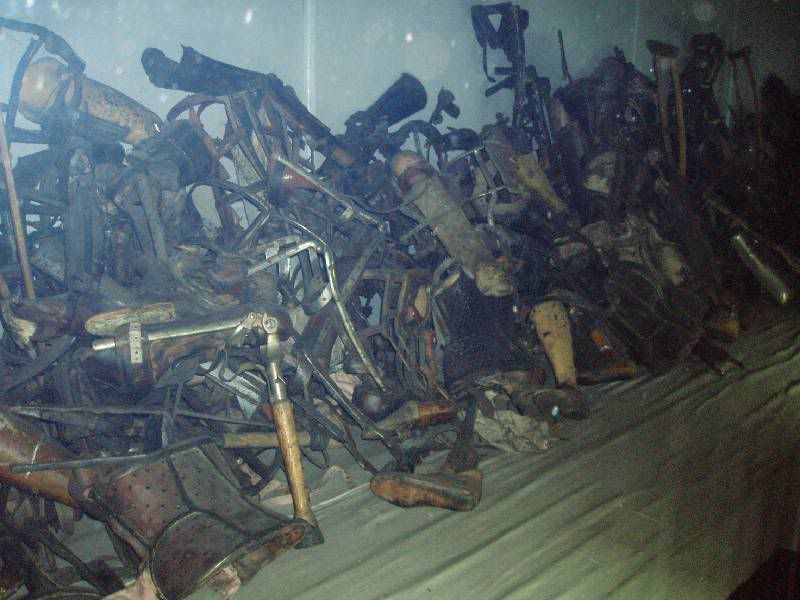
Prothesis
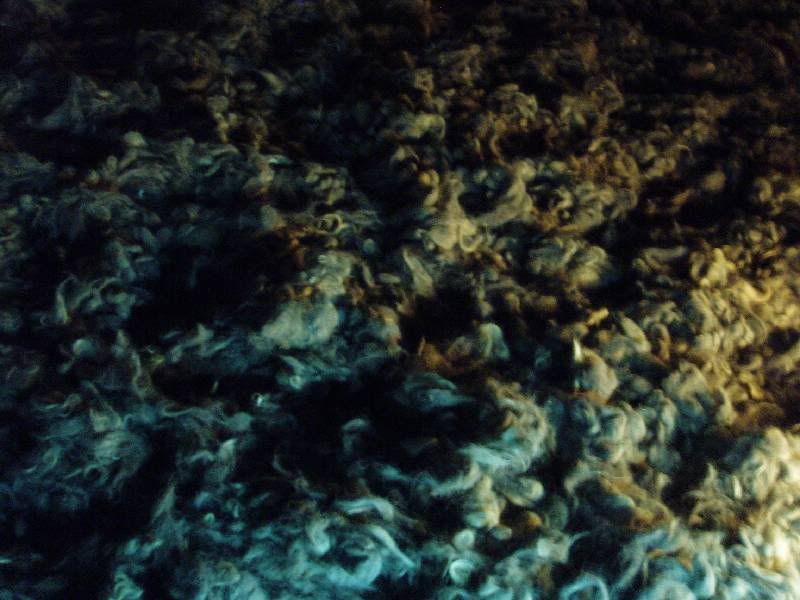
Human hair
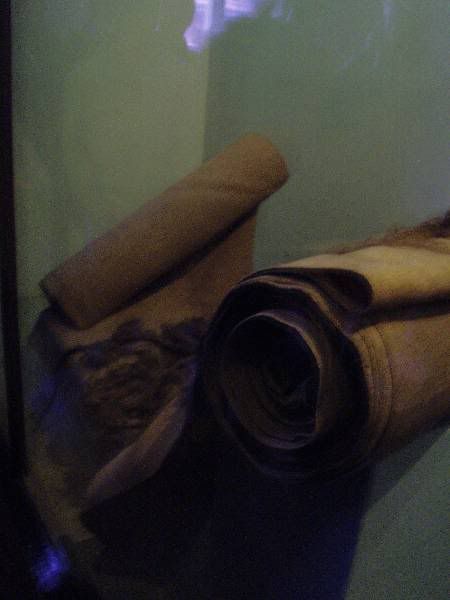
Cloth made from human hair
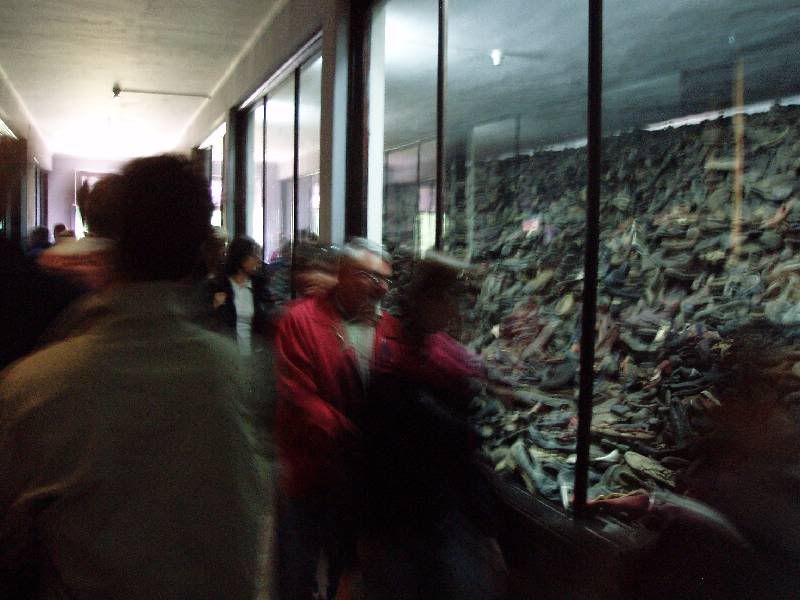
Shoes